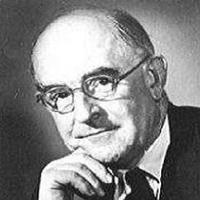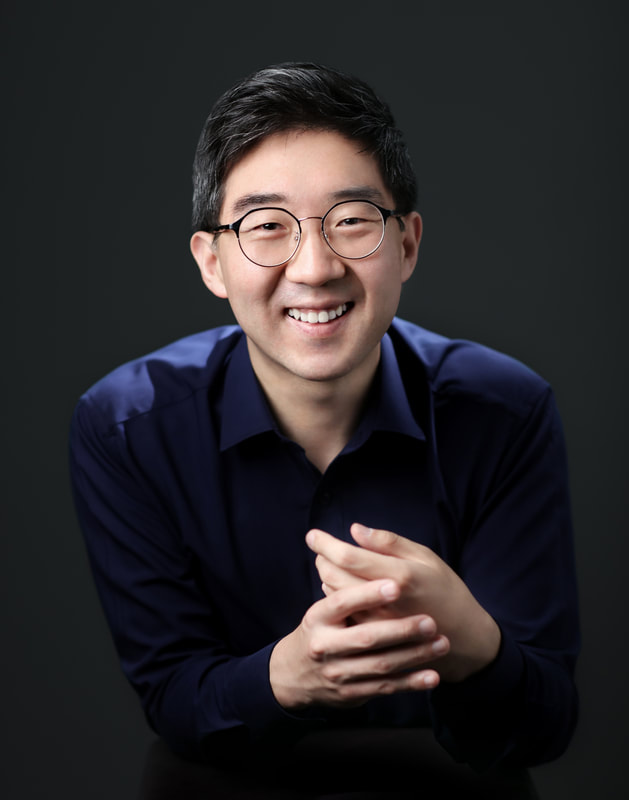 DISCUSSION: What is a work? John Dante Prevedini leads a discussion about The performing artist as co-creator, including contributions from Halida Dinova, Yekaterina Lebedeva, Béla Hartmann, David Arditti and Stephen Francis Vasta.
DISCUSSION: What is a work? John Dante Prevedini leads a discussion about The performing artist as co-creator, including contributions from Halida Dinova, Yekaterina Lebedeva, Béla Hartmann, David Arditti and Stephen Francis Vasta.
 SPONSORED: CD Spotlight. An Encyclopedic Recital - Elizabeth Moak plays Judith Lang Zaimont, heard by the late Howard Smith.
SPONSORED: CD Spotlight. An Encyclopedic Recital - Elizabeth Moak plays Judith Lang Zaimont, heard by the late Howard Smith.
All sponsored features >>
 SPONSORED: Ensemble. Unjustly Neglected - In this specially extended feature, Armstrong Gibbs' re-discovered 'Passion according to St Luke' impresses Roderic Dunnett.
SPONSORED: Ensemble. Unjustly Neglected - In this specially extended feature, Armstrong Gibbs' re-discovered 'Passion according to St Luke' impresses Roderic Dunnett.
All sponsored features >>
An Exciting New Performance Space
RON BIERMAN visits the newly restored Jacobs Music Center in San Diego
Shortly after the waterfront's Rady Shell opened in 2021, I was standing in a short line behind San Diego Symphony CEO Martha Gilmer and complimented her on the Rady's awesome state-of-the-art sound system. Then, as an afterthought, I suggested the Rady's sound was better than that of Symphony Hall. Her reply was a terse, determined, 'We're fixing that'.
And have they ever!
I've sometimes been critical of the Hall's sound in reviews and am delighted to report that after four years of physical and acoustical renovation the sound more than matches that of the Symphony's surprisingly good outdoor venue. No more muddy bass or high-pitched ringing after trumpets blare; and where your seats are isn't as important as it was. The difference is especially noticeable at the back of the main floor where eight rows of seats were removed to eliminate the deadening of the sound under the balcony's overhang.

The newly restored Jacobs Music Center in San Diego
The San Diego Symphony Orchestra now has both a hall and an outdoor venue worthy of the quality of its excellent conductor and musicians, and on a par with the best in the country for sound quality.
The program that opened the restored Jacobs Music Center was designed to celebrate and delight, and it succeeded on both counts with a well-chosen variety of six favorites bookended by two short fun pieces by contemporary composers. The first of those was an appropriately named Symphony commission, Welcome Home!! Fanfare for Brass and Percussion by Texu Kim. It was a perfect way to show off new hall acoustics and the stirring quality of the brass and percussion sections.

Korean-born American composer Texu Kim (born 1980)
Conductor Rafael Payare's brass played with bright vigor. Its clean entries and tonal accuracy defied the virtuosity needed for swirling, sliding notes and a wide dynamic range, while percussion provided catchy underlying rhythms and the !!'s of the title. It's a short fun piece for special occasions, notable for exciting texture rather than memorable melodies such as those that filled the remainder of the concert.
In a change of pace, the first of those melodies was provided by the haunting other-worldly beauty of Villa-Lobos's Aria from Bachianas brasileiras No 5. Virtuosity was again a key ingredient, as it continued to be in succeeding works. The piece is the best known of a series of nine written as an homage to J S Bach. It calls for the unusual orchestration of eight cellos and a coloratura soprano.
The cello section's warm introduction set the mood for soprano Hera Hyesang Park's quiet entry. She sang with seeming ease while making the most of the work's moderately difficult vocalese as it moves across a wide variation in emotions, dynamics and vocal range. Park's lyricism is particularly pleasing. Her voice has a youthful agility and a clear lovely tone in softer passages, but surprising strength as she rises up the register.

South Korean soprano Hera Hyesang Park. Photo © Junseob Yoon
Accompanied by a larger ensemble in a completely different mood, she followed with Rossini's: 'Una voce poco fa' from The Barber of Seville. She was delightful in the coquettish aria's playful cadenza-like coloratura passages and had the audience laughing as she seemed to flirt with Associate Concertmaster Wesley Precourt, at one point sitting coyishly on his knee as she sang.
Precourt was sitting in for Concertmaster Jeff Thayer so that Thayer would be fresh when he later played the most fiendishly difficult piece of the evening, Paganini's Caprice No 24.
Before then, it was cellist Alisa Weilerstein's turn to show her virtuosic skill with Tchaikovsky's Variations on a Rococo Theme. Weilerstein is Payare's wife, and at least as well-known as her husband, having earned a reputation as one of the world's finest cellists. Her passionate note-perfect performance showed why. The Variations are indeed varied. The piece begins with a jaunty version of the main theme and proceeds for a little under twenty minutes with emotions from wistfulness to excitement before a concluding return to a clear statement of the playful original tune. Along the way, Weilerstein flew through challenging cadenzas, glissandos and the full range of the instrument, never losing her warm solid tone.

American cellist Alisa Weilerstein (born 1982). Photo © 2023 Evelyn Freja
After well-deserved bows, the concert proceeded with the sound of a solo violin from high in the balcony introducing the main theme of Paganini's set of Caprice 24's variations. It was a puzzling way for Concertmaster Thayer to appear for the first time, but if an intended diverting way to show off hall acoustics, it worked. The sound was little different than if he'd been on the stage.

American violinist Jeff Thayer in 2018
As Concertmaster, Thayer has a turn as featured soloist each season, and never shies away from taking on a challenging work, but this piece is above and beyond risky. Unless he was the one who suggested it, I picture a frisson of anxiety before he accepted the challenge.
Program notes described the Caprice as a work of 'hair-raising difficulty'. Thayer was equal to its wide jumps, triple stops, rapid runs, and notes at the extreme top end of the violin's range.
It's not often that Rachmaninov's Rhapsody on a Theme of Paganini is preceded by the work that inspired it. But on this night it did. Without a pause the audience heard Rachmaninov's orchestral variations on the main theme of the Paganini piece that had just gone all out in an attempt to damage Thayer's beautifully toned Stradivarius.
Rachmaninov's unusually wide hand span is a major contributor to the difficulty of performing his works for piano. But even he said, speaking of the Rhapsody, 'the thing's rather difficult'. Pianist Inon Barnatan, a favorite of mine and many others in San Diego because of his outstanding work with the La Jolla Music Society, wasn't about to break the string of virtuosic successes. His fingers were an accurate blur in the fastest passages, and the slower variations, including the much-loved eighteenth, were delivered with the emotional tenderness they deserve.

American/Israeli pianist Inon Barnatan
The finale, Suite No 2 from Daphnis et Chloé by Ravel, was the first to shine the spotlight on the full orchestra itself, and the pristine, undistorted sound of the renovated hall showed just how good the orchestra is under Music Director and conductor Rafael Payare.

Venezuelan conductor Rafael Payare (born 1980).
Photo © 2021 Gerard Collett
A demanded encore was Conga del Fuego Nuevo by contemporary Mexican composer Arturo Márquez. The infectious piece was the colorful wrapping on the present of an exciting new performance space.
Copyright © 2 October 2024
Ron Bierman,
San Diego, USA



